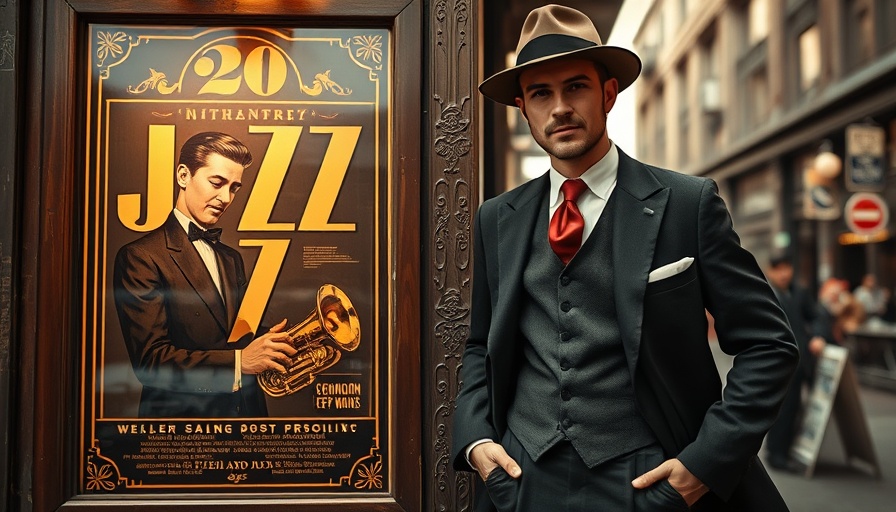
A Nostalgic Reflection on the Rudd Mansion’s Legacy
The Upper West Side, with its vibrant cultural scene and towering prewar apartment buildings, is rapidly transforming once quaint neighborhoods into urban metamorphoses. Yet, amid this modernization lies a poignant nostalgia for the past, exemplified by the fate of the historic Rudd mansion. Built in 1854, this Corinthian-columned structure was more than just a residence; it represented a bygone era when Bloomingdale was a peaceful corner of the city, dotted with country estates that echoed the pastoral charm of the 18th and 19th centuries.
The Impact of Urbanization on Historic Landmarks
The fate of the Rudd mansion exemplifies a broader trend of historic buildings succumbing to development pressures, particularly in urban environments. As loft-style living and modern amenities become increasingly desirable, the unique architecture of the past often finds itself in stark contrast to contemporary visions of urban living. The mansion’s destruction in 1911—part of a larger wave of redevelopment—highlights how progress often comes at the expense of our shared history.
Historical Figures and their Contributions
Andrew Carrigan, the original owner of the Rudd mansion, was not only a successful businessman but also a dedicated philanthropist. His efforts to assist immigrants in navigating their new lives in the United States were profound, shedding light on the contributions of early New Yorkers who shaped the community’s fabric. The mansion served as both a home and a testament to Carrigan's legacy, thus further enriching the significance of the structure beyond mere architectural value.
A Cultural Loss and a Vision for the Future
While the Hamilton now stands where the Rudd mansion once thrived—a modern building designed for contemporary living—it lacks the unique character and historical narrative embodied in its predecessor. This transformation prompts us to question how we can balance development with the preservation of cultural landmarks that define our neighborhoods. Advocating for historical preservation does not necessarily mean rejecting progress; instead, it fosters a dialogue about our identity as a city.
Understanding the Rudd mansion’s legacy encourages us to engage with space thoughtfully and push for innovations that respect our historical narratives.
 Add Row
Add Row  Add Element
Add Element 



Write A Comment